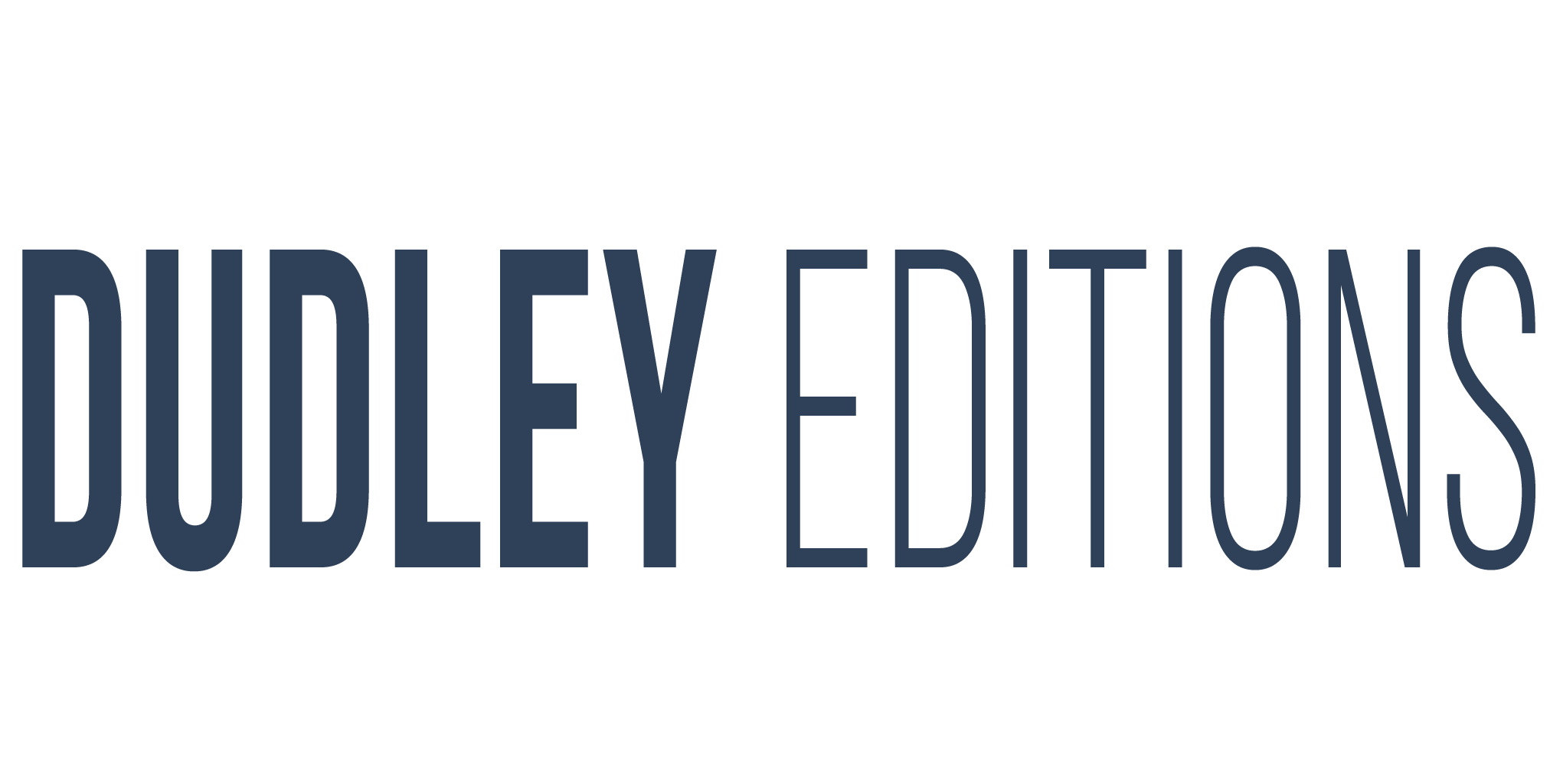
Stories shape our culture and culture shapes our stories. When we’re asked to describe who we are and where we’re from, we might start with our sense of place, the people that we share that space with, the activities we do, the food we eat, but across all of those topics – and as a distinct thread of its own – own sense of identity and belonging comes back to our stories.
Humans are often characterised as “story telling animals,” creatures that rely upon stories and communication to build communities, social structures, and creative aspects of our societies. Storytelling operates as both art and infrastructure. It entertains, teaches, persuades, but it also underpins social contracts that shape how we relate to one another. The stories we tell, and those we are told, influence how we imagine the world and our place within it.
The formats have evolved over time, with approaches often layering on top rather than replacing. While we might look at indigenous tribal dances from around the world as ancient and historic, new storytelling formats such as TikTok have connected us back to that instinctive desire to communicate through movement. The lopped gestures, repeated sound bites and collaborative ‘duets/sticthes’ on social media are related to these communal rituals. They can provide a sense of rhythm, structure, belonging (niche community in-groups, anyone?). The key difference in modernity is the scale at which communities, content, and stories grow and can be shared.
Communication through pictures might draw its origins from cave paintings capturing the daily life of hunting and gathering, the range of visual storytelling formats we now experience on a day-to-day basis (from Instagram Reels to Snaps) reflects our skill at managing a complex image-laden landscape.
The oral traditions of campfire wisdom, ghost stories, and heroic sagas have developed their own set of modern equivalents. The spoken word still retains an everyday currency, whether in face-to-face interaction, phonecalls, voice notes, podcast episodes, audio guides, meditation prompts, or any number of other aspects that make up the sonic tapestry of our lives. This return to audio, after the growth of visual culture, signals a renewed interest in intimacy and authenticity in our storytelling. The human voice, with all its imperfections, conveys presence in a way that a text cannot.
And this storytelling tradition has a hard edge to it, with global business leaders increasingly keen to invest in more inspiring, thought-provoking and education-enhancing storytelling. Stories are vital for learning, vital for connection, vital for clarity of message. Universities and companies alike now design storytelling workshops – it’s ‘writing for impact’. Stories have impact.
Emerging and developing technology has a role to promote the sharing of ideas at scale. While the campfire conversation might have connected you to your whole community, our families, friendship groups and business relationships are now much more dispersed and diffuse. How do you retain the personal touch of the community-based story to motivate change with such diverse groups?
Personalised audio and the audiobook catalogue that it can create may be one interesting emerging idea. Messages in familiar voices can be powerful at creating comfort and familiarity. One of the main areas that personalised audio has explored in its infancy has been bedtime stories. Yet its implications extend far beyond leisure or childhood, and we at Dudley Editions are developing partnership to explore how this technology can be used in different areas and at different life stages to help people find connection with one another.
But there is great potential in building lifelong learning objects, as well as foundational stories. For companies where senior leaders are keen to maintain an active presence across the workforce, key guidance and documentation delivered in the voices of directors and executives could be a powerful tool to build coherent corporate identity.
And for adult learners in full-time jobs, personalised audio can be a time-saving option to digest complex learning materials in digestible and engaging ways. The fusion of technology, voice, and narrative brings us closer to the ideal of truly adaptive learning: stories that respond to the listener rather than the other way around.
Stories will remain foundational for us; some formats may come and go, but the layering up of different ways to consume and share our stories seems a consistent factor. As with all emerging opportunities, it’s more often than not about taking them and developing them to their best potential. It will be interesting to track the progress of personalised audiobooks as a way to continue the theme of powerful stories driving change and building our cultural identities.
